USDT vs. USDC: Which Stablecoin Is Better for Trading?
In the ever-evolving world of cryptocurrency, stablecoins have become a vital bridge between fiat currencies and digital assets. Among the most popular choices are USDT (Tether) and USDC (USD Coin)—two stablecoins pegged to the US dollar that dominate trading volumes and decentralized finance platforms. If you're deciding which one to use, understanding the advantages of USDT vs. USDC can help you make a more informed decision when trading, investing, or transferring crypto.
What is USDT?
USDT, or Tether, is a stablecoin launched in 2014 by the Hong Kong-based company Tether Limited. It was the first stablecoin to gain widespread adoption in the crypto market and remains the most traded stablecoin today.
Key Features:
- Pegged to the US Dollar: 1 USDT ≈ 1 USD
- Available on Multiple Blockchains: Ethereum, Tron (TRC-20), Solana, Polygon, BNB Chain, and more
- Issuer: Tether Limited
- Market Capitalization: Over $110 billion (as of April 2025)
- Use Cases: Trading, remittances, Decentralized Finance (DeFi) , peer-to-peer transactions
Despite past concerns about its transparency, USDT has maintained its position as the most liquid and accessible stablecoin globally.
What is USDC?
USDC, or USD Coin, was launched in 2018 and is managed by the Centre Consortium, a partnership between two well-known and regulated US companies: Circle and Coinbase.
Key Features:
- Pegged to the US Dollar: 1 USDC ≈ 1 USD
- Available on Blockchains: Ethereum, Solana, Avalanche, Algorand, and others
- Audited Monthly: Attestations are provided by Grant Thornton, LLP
- Market Capitalization: Over $32 billion (as of April 2025)
- Use Cases: Institutional trading, Decentralized Finance (DeFi), NFT marketplaces
USDC is often favored by regulated financial platforms and institutional users due to its transparency and compliance with US regulations.
The Advantages of USDT Over USDC
When comparing USDT and USDC, several advantages set USDT apart in how and where it can be used:
1. Broader Exchange and Wallet Support
USDT is available on virtually every centralized exchange (CEX) and decentralized exchange (DEX). Whether you are on Binance, Bybit, Uniswap, or PancakeSwap, you will almost always find USDT trading pairs. USDT is also integrated into more crypto wallets and payment services, giving it greater real-world utility.
2. Higher Liquidity
USDT consistently ranks first in daily trading volume, even surpassing Bitcoin on multiple occasions. This makes it the ideal choice for traders who need instant execution, tighter spreads, and high-volume orders.
3. Wider Blockchain Availability
Compared to USDC, USDT supports a greater number of blockchain networks. Most notably:
- Ethereum (ERC-20 )
- Tron (TRC-20) — Known for its low fees and fast transactions
- Solana, Polkadot, Arbitrum, and more
This diversity gives users more options to avoid high gas fees and optimize for speed.
4. Greater Global Adoption
USDT has found a strong use case in emerging markets where local currencies are unstable. It is frequently used for:
- Remittances
- Peer-to-peer transfers
- Hedging against currency devaluation
In countries like Argentina, Nigeria, and Turkey, USDT has become a lifeline for financial stability.
5. More DeFi and Trading Bot Integrations
Thanks to its liquidity and speed, USDT is often the default stablecoin in trading bots, algorithmic strategies, and lending platforms. It is especially popular in margin and futures trading.
Where USDC Has the Advantage
While USDT leads in liquidity and adoption, USDC excels in the following areas:
- Regulatory Clarity: Being US-based gives it a stronger compliance framework.
- Monthly Audits: Provides greater transparency and confidence in its reserves.
- Institutional Trust: It is the preferred choice for banks, fintech apps, and corporate treasuries.
If you are looking for a compliant and fully audited stablecoin, USDC may be a better fit for your needs—especially for long-term holding or enterprise solutions.
Comparison Summary: USDT vs. USDC
| Feature | USDT (Tether) | USDC (USD Coin) |
|---|---|---|
| Liquidity | Higher (Top trading volume) | Lower |
| Exchange Support | Wider (Nearly universal) | Wide, but less than USDT |
| Blockchain Support | More Networks (incl. Tron TRC-20) | Fewer Networks |
| Global Adoption | Higher (Especially in emerging markets) | Growing, mainly in regulated markets |
| Transparency | Good (Regular reserve reports) | Excellent (Monthly audits) |
| Regulation | Less regulated | Highly Regulated (US-based) |
Both USDT and USDC offer stability and utility in the crypto space, but the advantages of USDT over USDC lie in its global accessibility, deep liquidity, and flexible blockchain support.
- Choose USDT for active trading, cross-border use, or low-fee transactions on fast chains like Tron or Polygon.
- Choose USDC if you value regulatory transparency, audited reserves, or operate on regulated platforms.
For many users, a mix of both provides the best of both worlds.
Frequently Asked Questions (FAQ)
1. Is USDT or USDC safer to use?
USDC is generally considered safer due to its full US audits and stricter regulatory oversight. However, USDT has a longer track record in the market.
2. USDT vs. USDC: Which is better for trading?
USDT typically offers more trading pairs and deeper liquidity, making it more efficient for fast-paced trading.
3. Which is cheaper to transfer?
USDT on Tron (TRC-20) is one of the cheapest options available, with near-zero fees and fast confirmation times.
4. Can I hold both USDT and USDC?
Yes! Many users diversify their holdings to benefit from both liquidity (USDT) and transparency (USDC).
5. Will USDT or USDC dominate the stablecoin market?
USDT currently leads in trading volume and adoption, but regulatory trends could favor USDC's growth—especially in institutional settings.
You may also like
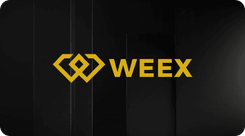
Introducing 0G: Complete Guide to $0G and Airdrop Opportunities
0G ($0G) is the world's first Decentralized AI Operating System (DeAIOS), a modular Layer-1 blockchain designed to power scalable, on-chain AI applications. Learn its tokenomics, ecosystem impact, and how to claim free tokens in the WEEX $50,000 LISA airdrop until Jan.02 2026!
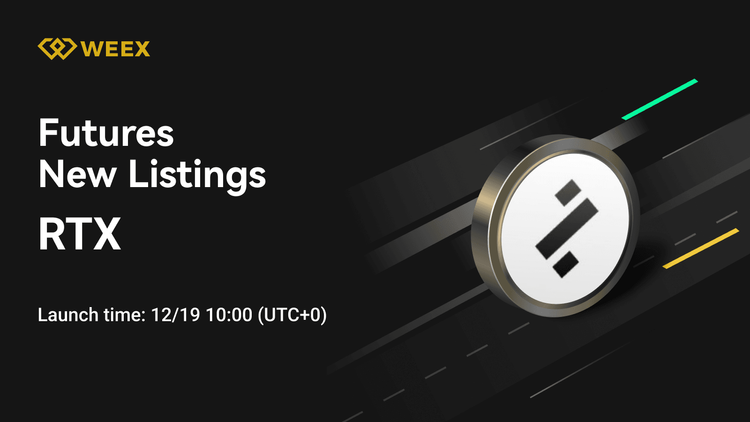
WEEX Futures Launches RateX (RTX) Coin & RTX USDT Contract
Trade the new RateX (RTX) Coin and RTX USDT perpetual contract on WEEX. Access high leverage and low fees. Register on WEEX for the latest futures listings.
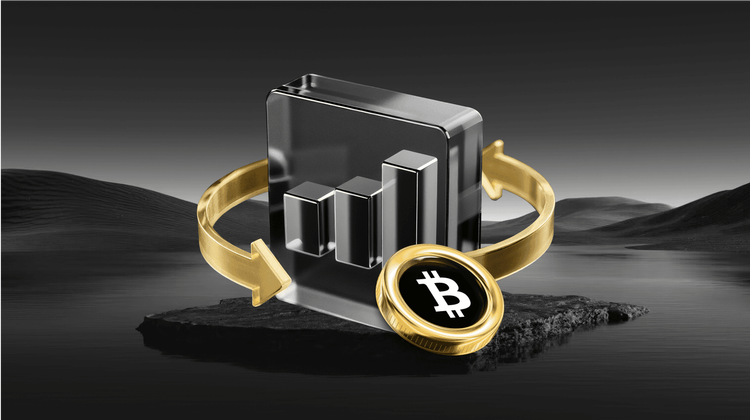
LIQUID Coin Price Prediction & Forecasts for December 2025 – Potential Rally Amid Meme Hype?
Just a day after its launch on December 24, 2025, LIQUID Coin has already stirred up buzz in…
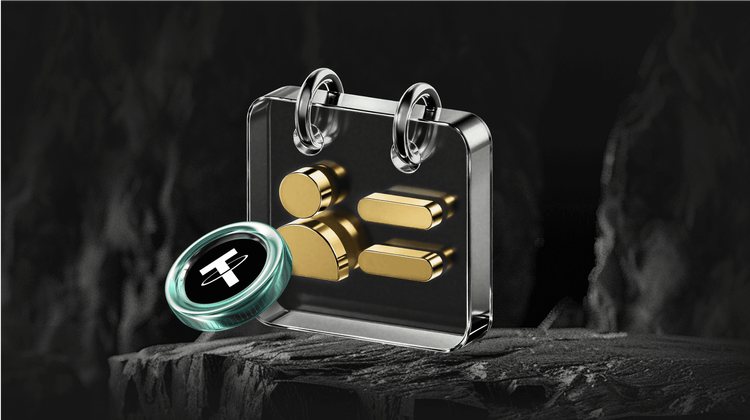
What is Liquid (LIQUID) Coin?
The Liquid (LIQUID) token listed on WEEX is making waves in the crypto world. With trading officially starting…
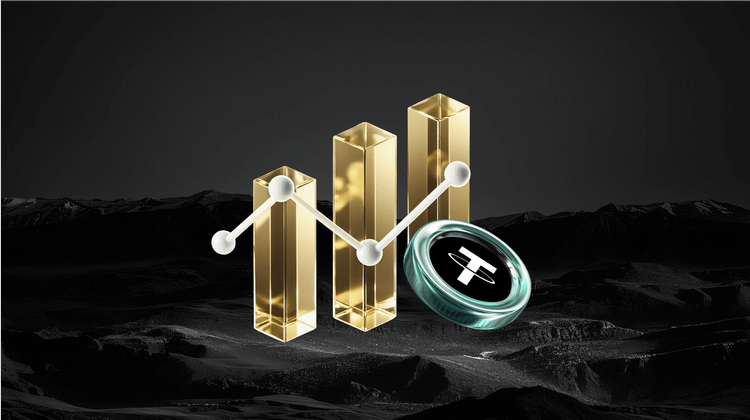
SOTER (Soter) Coin Price Prediction & Forecasts for December 2025: Can This New Meme Token Sustain Its Launch Momentum?
SOTER (Soter) Coin burst onto the scene on December 24, 2025, as a fresh meme token on the…

What is Soter (SOTER) Coin?
The Soter (SOTER) coin has made a significant splash in the crypto scene with its recent listing on…
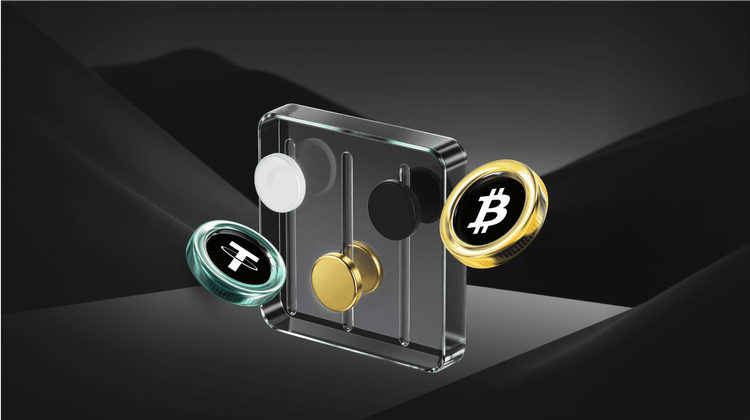
Screaming Rubber Chicken (SRCSOL) Coin Price Prediction & Forecasts for December 2025 – Could It Surge 200% Amid Meme Coin Hype?
The Screaming Rubber Chicken (SRCSOL) Coin, a fresh entrant in the meme coin space on Solana, burst onto…

What is Screaming Rubber Chicken (SRCSOL) Coin?
The world of cryptocurrency is buzzing with excitement as a new meme token, Screaming Rubber Chicken (SRCSOL), has…
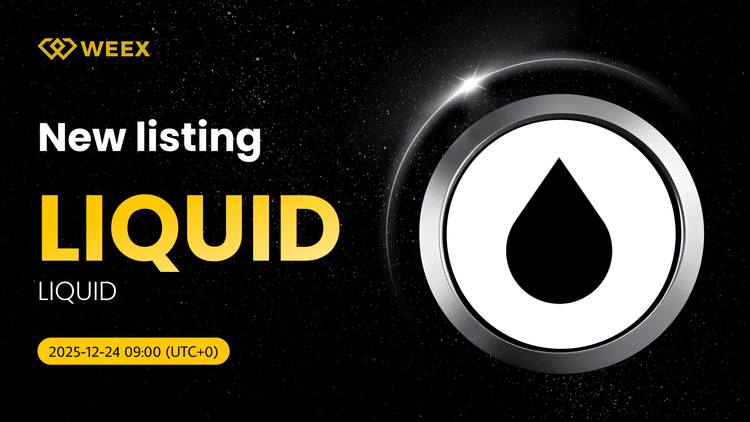
LIQUID USDT Pair Listed: Trade LIQUID Coin on WEEX Spot
LIQUID USDT spot trading is live on WEEX Exchange. Discover the new LIQUID (LIQUID) Coin listing, check the schedule, and start trading this meme token now.
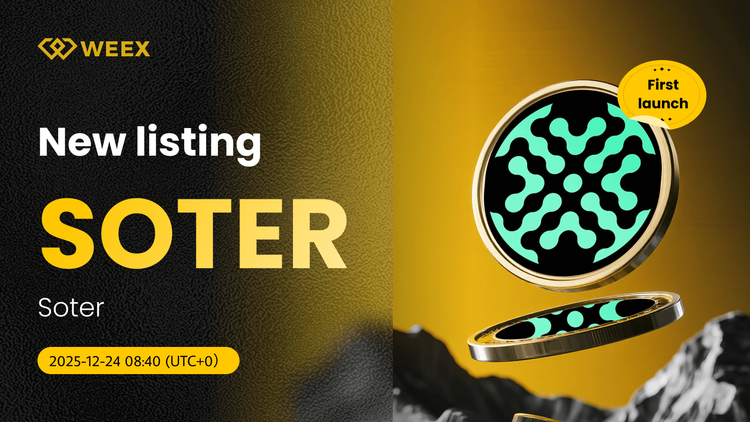
SOTER USDT Spot Trading Now Live on WEEX Exchange
Soter (SOTER) Coin is newly listed on WEEX Exchange. Start SOTER USDT spot trading today with the latest Meme token from the Soter Ecosystem.

Nockchain (NOCK) Coin Price Prediction & Forecasts for December 2025: Surging 14% Amid Meme Token Buzz
Nockchain (NOCK) Coin has just hit the scene on the Base chain, launching today at 12:00 UTC on…
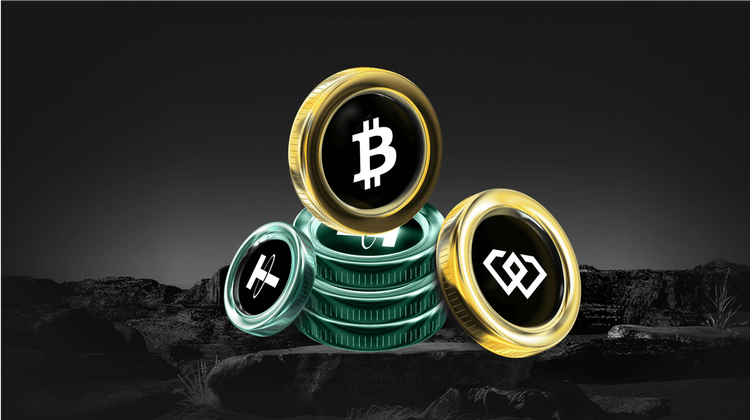
JPMorgan Chase Tokenized Stock (Ondo) (JPMON) Coin Price Prediction & Forecasts for December 2025 – Steady Climb Post-Launch
The JPMorgan Chase Tokenized Stock (Ondo) (JPMON) Coin just hit the market on December 23, 2025, offering tokenized…

REALGARRYTAN Coin Price Prediction & Forecasts for December 2025 – Fresh Launch Sparks Meme Token Rally Potential
The REALGARRYTAN Coin, a new meme token tied to Garry Tan and launched on the Base chain just…

Walmart Tokenized Stock (Ondo) (WMTON) Coin Price Prediction & Forecasts for December 2025 – Could It Rebound After Recent Dip?
As of December 2025, Walmart Tokenized Stock (Ondo) (WMTON) Coin has just hit the market, offering tokenized exposure…
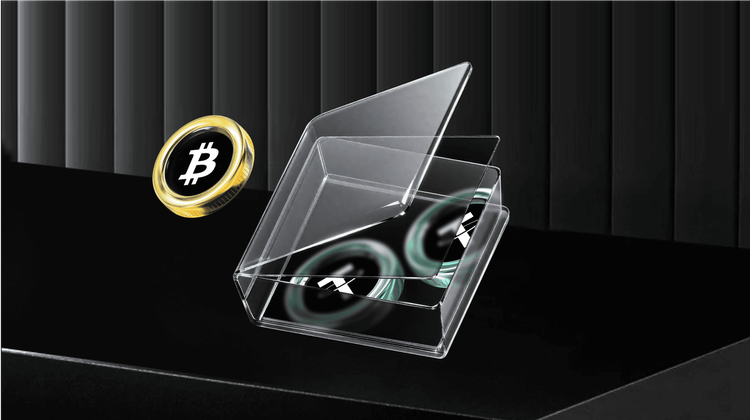
What is Costco Tokenized Stock (COSTON) Coin?
The Costco Tokenized Stock, known by its abbreviation COSTON, has made its way to WEEX, officially listed on…
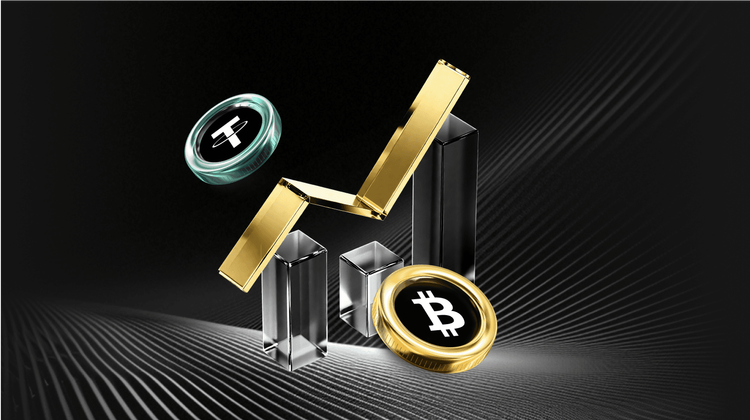
Goldman Sachs Tokenized Stock (Ondo) (GSON) Coin Price Prediction & Forecasts for December 2025 – Surge Potential Amid RWA Momentum
The Goldman Sachs Tokenized Stock (Ondo) (GSON) Coin has been making waves in the real-world asset (RWA) space,…

Linde plc Tokenized Stock (Ondo) (LINON) Coin Price Prediction & Forecasts for December 2025 and Beyond
Linde plc Tokenized Stock (Ondo) (LINON) Coin has just entered the spotlight as a tokenized version of Linde…

What is Linde plc Tokenized Stock (LINON) Coin?
The Linde plc Tokenized Stock (LINON) coin has been a noteworthy addition to the crypto trading landscape with…
Introducing 0G: Complete Guide to $0G and Airdrop Opportunities
0G ($0G) is the world's first Decentralized AI Operating System (DeAIOS), a modular Layer-1 blockchain designed to power scalable, on-chain AI applications. Learn its tokenomics, ecosystem impact, and how to claim free tokens in the WEEX $50,000 LISA airdrop until Jan.02 2026!
WEEX Futures Launches RateX (RTX) Coin & RTX USDT Contract
Trade the new RateX (RTX) Coin and RTX USDT perpetual contract on WEEX. Access high leverage and low fees. Register on WEEX for the latest futures listings.
LIQUID Coin Price Prediction & Forecasts for December 2025 – Potential Rally Amid Meme Hype?
Just a day after its launch on December 24, 2025, LIQUID Coin has already stirred up buzz in…
What is Liquid (LIQUID) Coin?
The Liquid (LIQUID) token listed on WEEX is making waves in the crypto world. With trading officially starting…
SOTER (Soter) Coin Price Prediction & Forecasts for December 2025: Can This New Meme Token Sustain Its Launch Momentum?
SOTER (Soter) Coin burst onto the scene on December 24, 2025, as a fresh meme token on the…
What is Soter (SOTER) Coin?
The Soter (SOTER) coin has made a significant splash in the crypto scene with its recent listing on…
Popular coins
Customer Support:@weikecs
Business Cooperation:@weikecs
Quant Trading & MM:[email protected]
VIP Services:[email protected]
